Tang Dynasty Lu Mountain Kiln Flower Glaze Ewer | An Oriental Art Treasure Condensed by a Thousand Years of Kiln Fire
[Collection Overview]
[Craft Analysis]
1. Materials and Glazes
-
Body Material: The body is made of a mixture of local kaolin and clay from Lu Mountain in the Tang Dynasty. The body color is gray – brown, with a dense texture and a fine cross – section, reflecting the body – making techniques of the northern kilns in the Tang Dynasty.
-
Glaze: Iron is used as the main coloring agent, supplemented by metal oxides such as cobalt and copper. After firing in a high – temperature reducing flame, the glaze naturally flows in the kiln fire, forming irregular grayish – white and cyan – blue patches on the black glaze base. The glaze surface has fine cracks and a smooth, warm touch, with a “jade – like” texture.
2. Shape and Craft
-
Overall Shape: It has a straight mouth, a slender neck, sloping shoulders, a long and round belly, and a ring foot. There are symmetrically arranged half – moon – shaped long handles and short spouts on the shoulders. There is a loop on each side of the belly (for tying a rope for easy carrying). The lines of the ewer are smooth, and the proportions are coordinated, reflecting the Tang Dynasty’s aesthetic style of “fullness and dignity”.
-
Detailed Decoration: There are several string patterns on the belly, slightly raised. They not only enhance the three – dimensional sense of the vessel but also imply the “beauty of rhythm”. The spout is slightly flared outwards for easy pouring. The curve of the handle end fits the hand well, combining practicality and ergonomics, demonstrating the design wisdom of Tang Dynasty artisans of “function first”.
[Design Highlights]
1. The Natural Kiln – Transformed Glaze Color Wonder
2. A Microcosm of Tang Dynasty Aesthetics of Daily Life
[Historical and Collection Value]
-
Historical Significance: The Tang Dynasty was the “golden age” of Chinese ceramic art. The flower glaze porcelain of the Lu Mountain Kiln (also known as “Tang Jun”) opened a new chapter in Chinese ceramic “glaze color decoration” with its innovative kiln – transformation technique, directly influencing the development of later porcelain types such as the Jun Kiln in the Song Dynasty and blue – and – white porcelain in the Yuan and Ming Dynasties. This ewer is a classic example of this craft system.
-
Collection Value: The surviving items from the Lu Mountain Kiln of the Tang Dynasty are scarce, and intact heirloom pieces are particularly precious. This ewer has well – preserved glaze color, no obvious damage to the shape, and a tight bond between the body and the glaze. It provides important physical data for studying the techniques of the northern kilns in the Tang Dynasty and the food culture of the Tang Dynasty. It is a representative collection in the field of Oriental antique collection, combining both historical and artistic values.
[Display and Collection Suggestions]
-
Display Scenarios: It is suitable for display in a study with a classical style, on a display shelf in the living room, or in a museum – grade display case. It can be paired with Tang Dynasty silverware and bronzes to create a cultural atmosphere of the “prosperous Tang Dynasty”.
-
Collection Care: As an ancient porcelain with a history of a thousand years, it is recommended to avoid strong vibrations, direct sunlight, and a humid environment. When cleaning, simply use a soft brush to gently sweep it. Do not use chemical cleaners to maintain the original appearance of the cultural relic.
About This Item:This Tang Dynasty Lu Mountain Kiln flower glaze ewer carries the open – minded atmosphere of the prosperous Tang Dynasty and the wisdom of the artisans. It is an Oriental art treasure passed down for a thousand years. Whether you are a seasoned antique collector, a researcher of Oriental ceramics, or an art lover who is passionate about traditional Chinese culture, this ewer will add a glorious touch to your collection, allowing the warmth of a thousand years of kiln fire and the soul of art to continue their legend in the contemporary space.
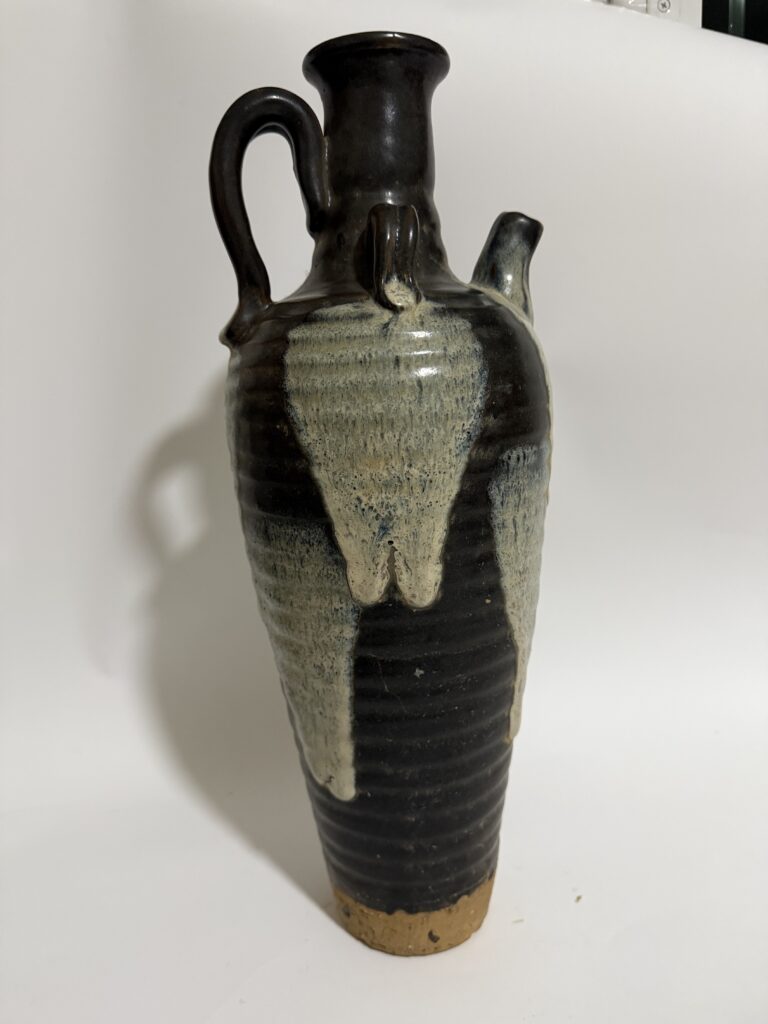
唐代魯山窯花釉執壺|千年窯火凝結的東方藝術珍寶
【藏品概述】
【工藝解析】
1. 材質與釉料
-
胎質:採用唐代魯山當地高嶺土與黏土混合胎,胎色呈灰褐色,質地堅密,斷面細膩,體現唐代北方窯口制胎技術。
-
釉料:以鐵為主要著色劑,輔以鈷、銅等金屬氧化物,經高溫還原焰燒制,釉料在窯火中自然流動,形成黑釉底色上不規則的灰白、青藍色斑塊,釉面開片細密,觸感溫潤,具「類玉」質感。
2. 造型與工藝
-
整體造型:直口、細長頸、溜肩、長圓腹、圈足,肩部對稱設置半月形長柄與短流,腹部兩側各飾一繫(便於繫繩攜帶),器型線條流暢,比例協調,體現唐代「豐滿端莊」的審美風尚。
-
細部裝飾:腹部飾有弦紋數道,淺淺凸起,既增強器物立體層次感,又暗含「節律之美」;流口略向外撇,便於傾倒;柄端弧度貼合手部,實用性與人體工學結合,展現唐代工匠「以用為本」的設計智慧。
【設計亮點】
1. 自然窯變的釉色奇觀
2. 唐代生活美學的縮影
【歷史與收藏價值】
-
歷史意義:唐代是中國陶瓷藝術的「黃金時代」,魯山窯花釉瓷(又稱「唐鈞」)以其創新的窯變工藝,開啟了中國陶瓷「釉色裝飾」的新篇章,直接影響宋代鈞窯、元明青花等後世瓷種的發展,本品可謂這一工藝體系的經典範例。
-
收藏價值:唐代魯山窯器物存世量稀少,完整傳世品尤為珍貴。本品釉色保存完好,造型無明顯損傷,胎釉結合緊密,為研究唐代北方窯口工藝、唐代飲食文化提供了重要實物資料,是東方古董收藏領域中兼具歷史價值與藝術價值的代表性藏品。
【展示與收藏建議】
-
展示場景:適合陳列於古典風格書房、客廳博古架或博物館級展櫃,可搭配唐代銀器、青銅器等,營造「盛唐氣象」的文化氛圍。
-
收藏護理:作為千年古瓷,建議避免劇烈震動、陽光直射及潮濕環境,清潔時用軟毛刷輕掃即可,勿使用化學清潔劑,以保持文物原貌。
關於本品:這件唐代魯山窯花釉執壺,承載著盛唐的開放氣象與工匠的造物智慧,是流傳千年的東方藝術瑰寶。無論您是資深古董收藏家、東方陶瓷研究者,或是熱愛中國傳統文化的藝術愛好者,本品都將為您的收藏增添濃墨重彩的一筆,讓千年窯火的溫度與藝術的靈魂,在當代空間中續寫傳奇。

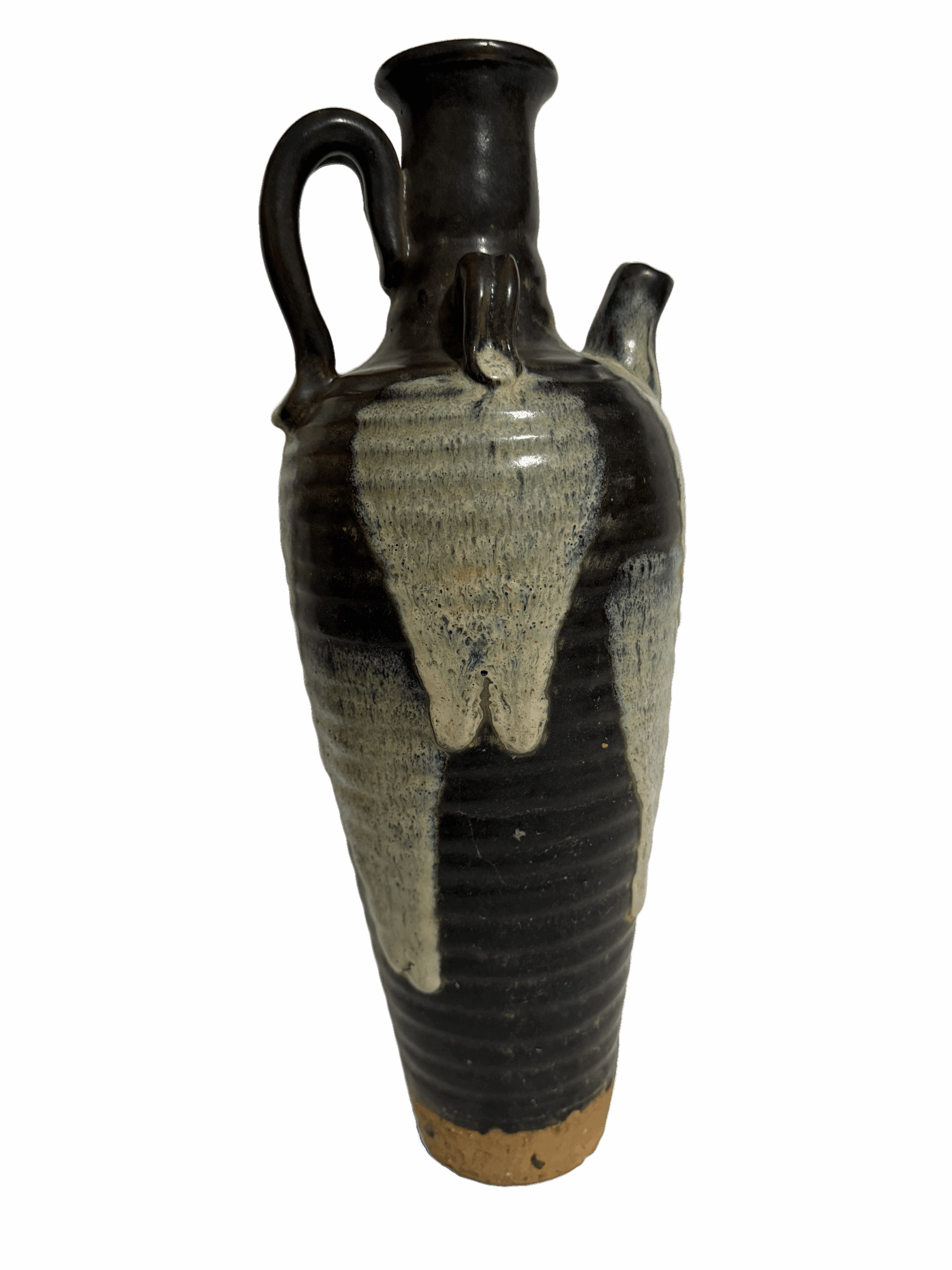
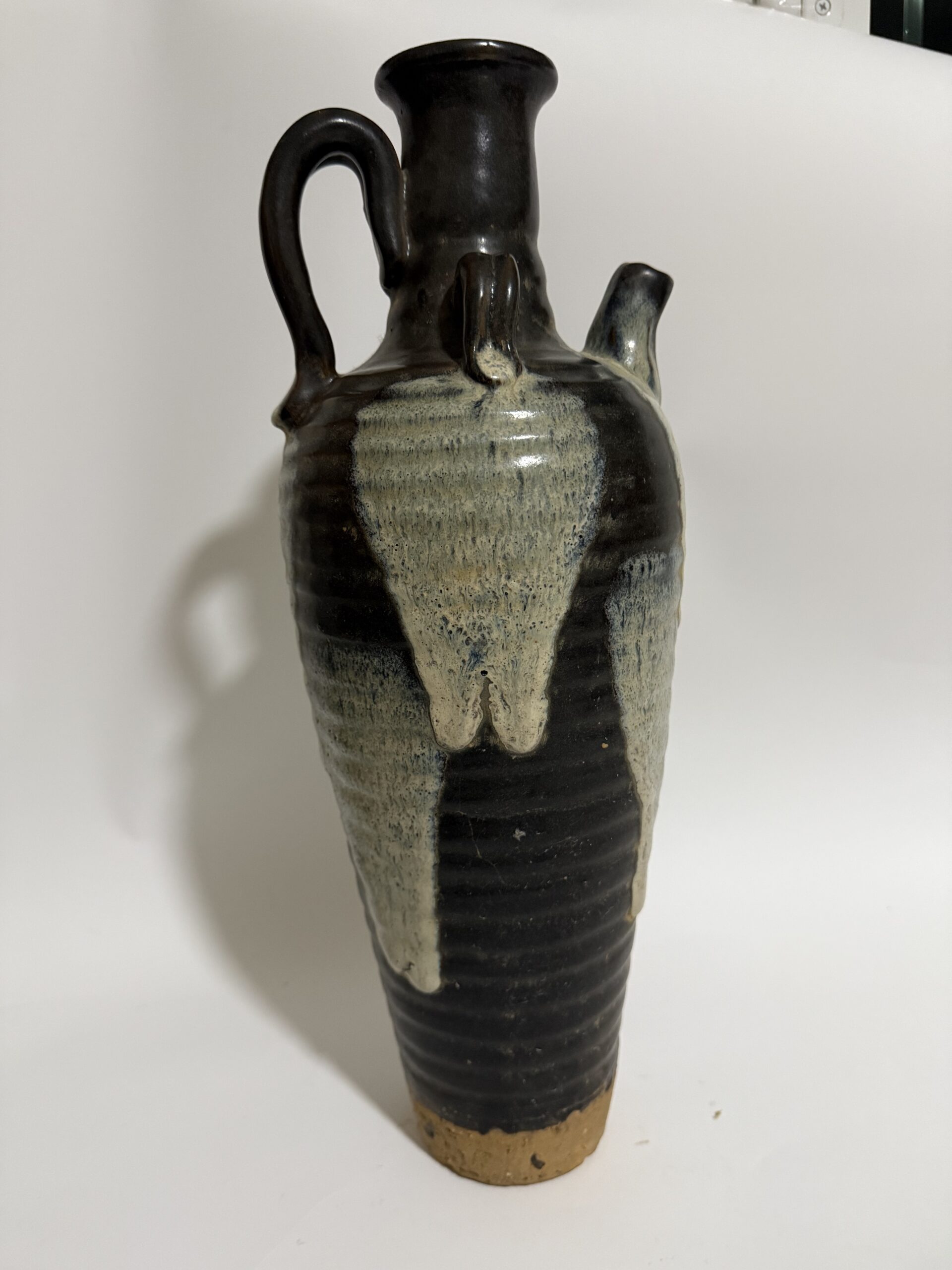
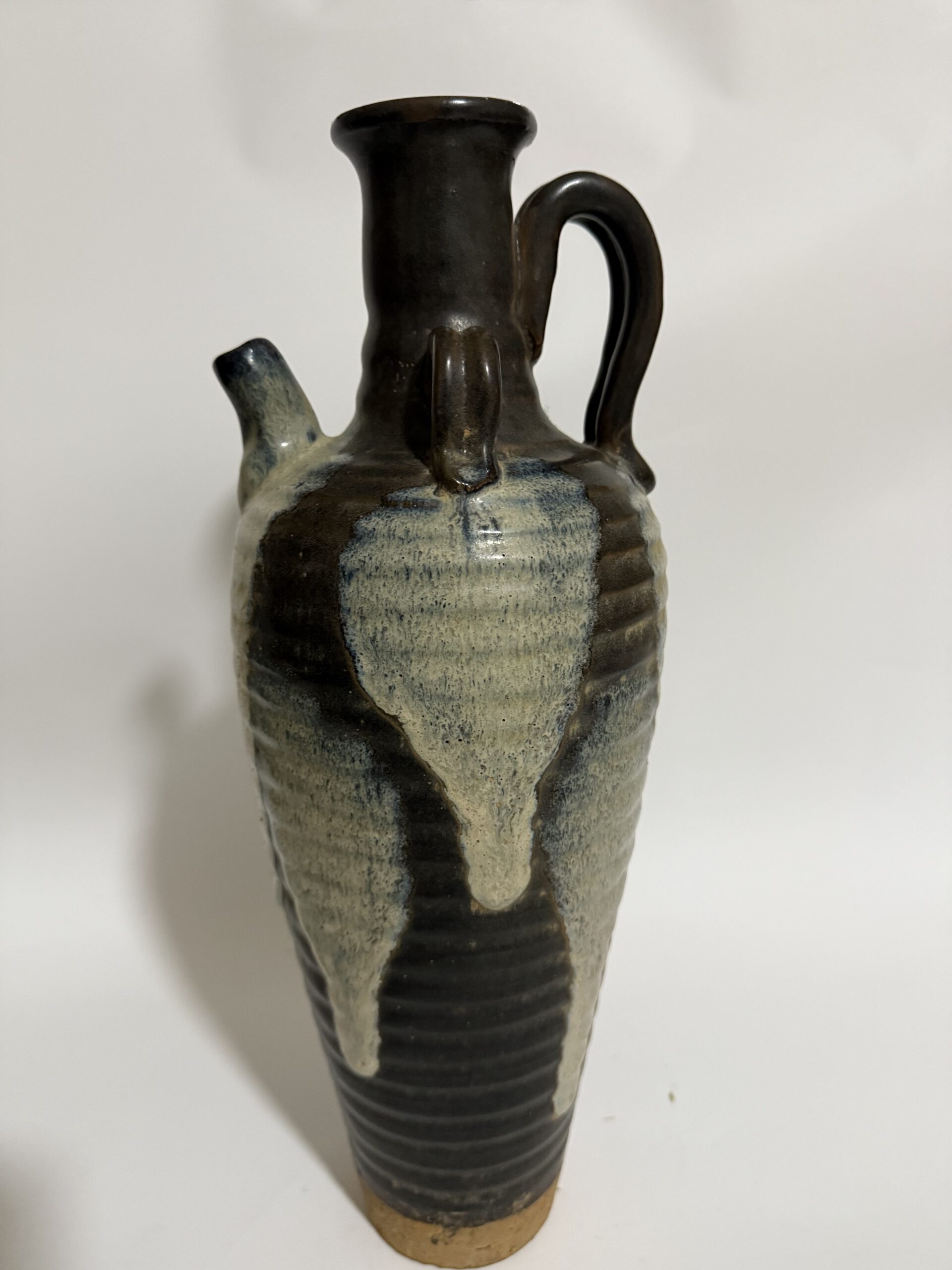
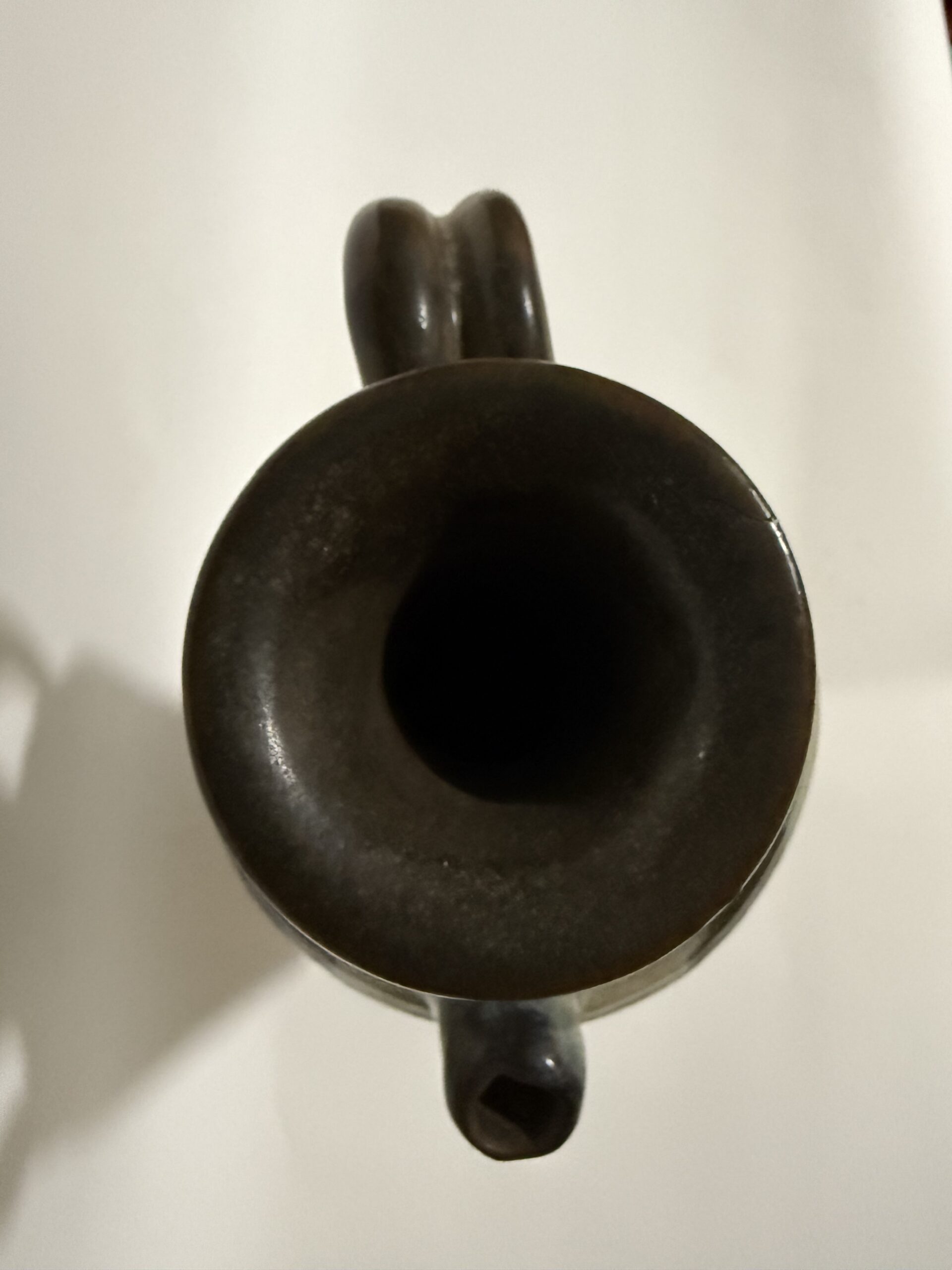
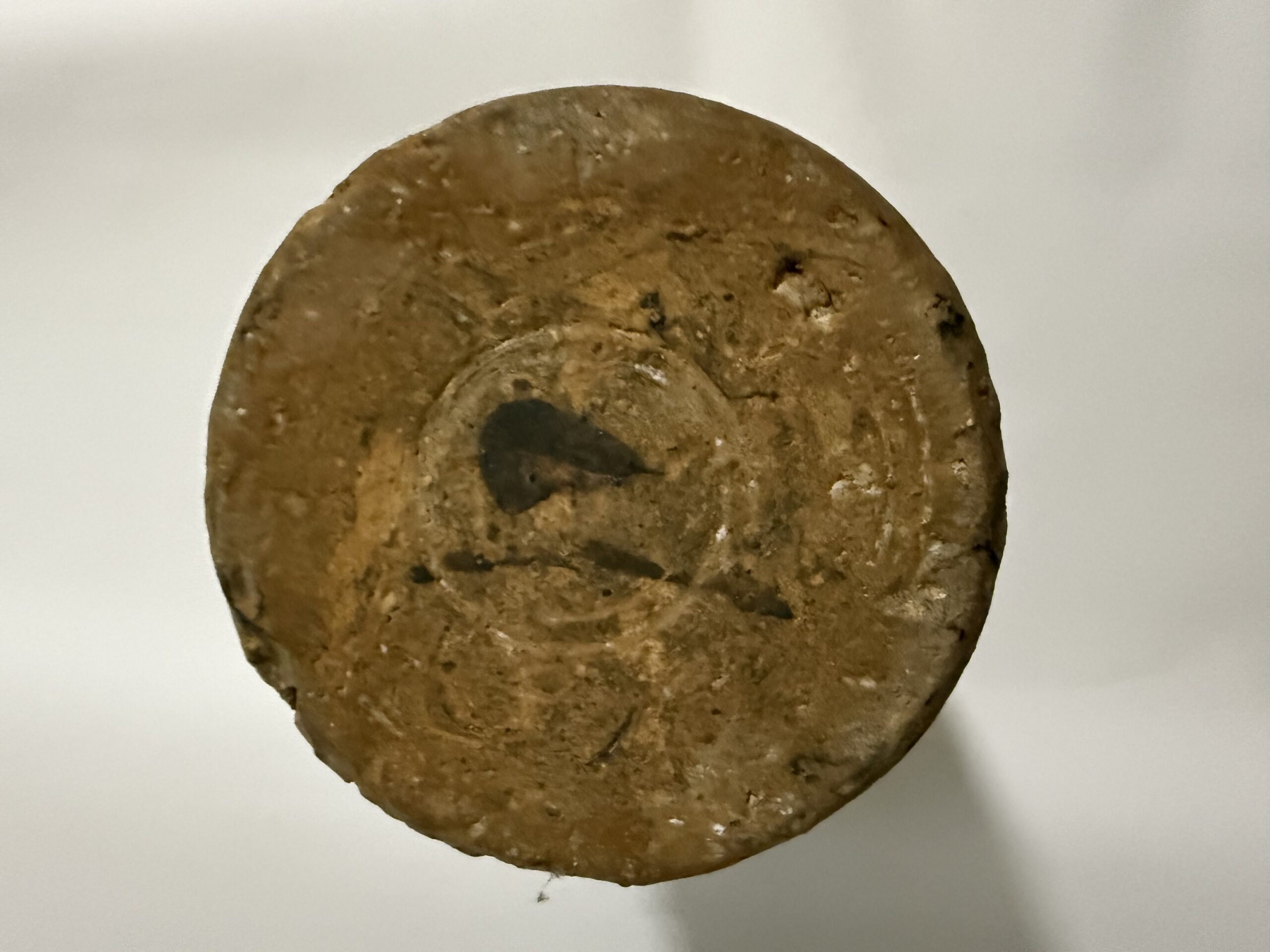

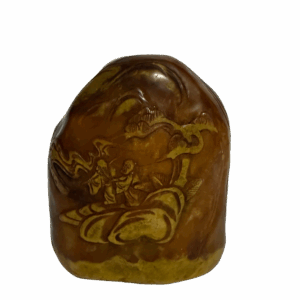
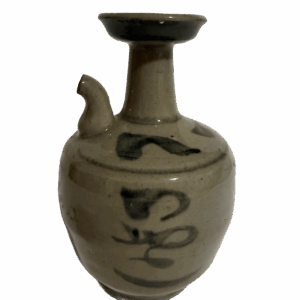
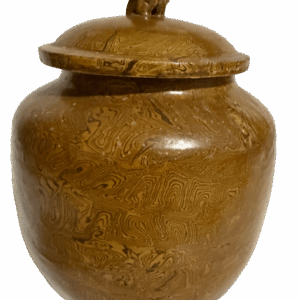
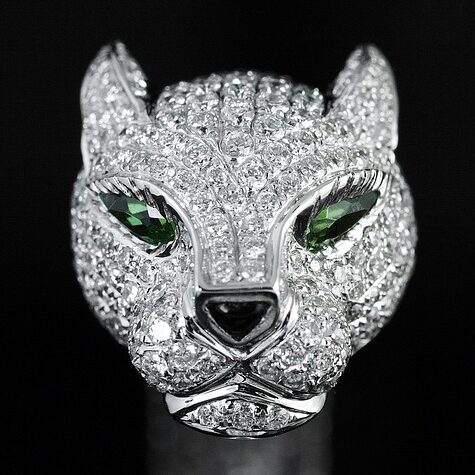
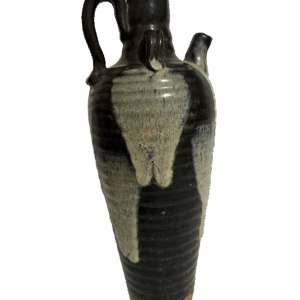
Reviews
There are no reviews yet.